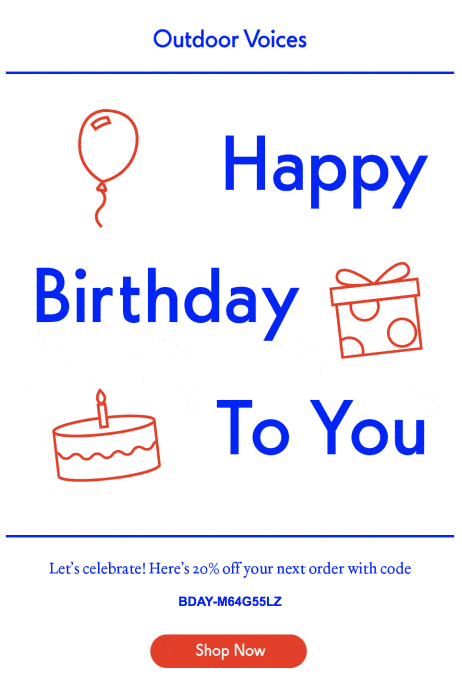You’ve worked hard on building your impressive email list. You’ve also done your homework and know all about personalizing messages and making them mobile friendly. Although these practices are important for your marketing strategies, none of them will produce the results you’d like if you’re sending out the wrong emails.
Here are the five most common types of emails:
- Newsletter emails
- Lead nurturing emails
- Promotional emails
- Milestone emails
- Survey emails
Let’s take a closer look at how you can use these email types to better communicate to your subscribers.
1. Newsletter emails

Source: Pixabay
Newsletters are very popular and are usually sent out on a consistent schedule. They often contain the company’s blog content, upcoming events, and any updates about your company that would be of interest to your subscriber.
2. Lead nurturing emails

Source: Unsplash
These emails involve guiding your leads through a sales funnel and converting them into customers. The general idea of lead nurturing is that your subscribers are not yet ready to buy from you. The customer/company trust first needs to be built. This is achievable through the helpful content you’ll be sending out in these emails.
Since lead nurturing is not a once-off email but, rather, a series of emails approach, you can play around with the different types of emails you can send that help to build that relationship.
3. Promotional emails
Promotional emails are quite common in email marketing, which is why it’s important to add more value to them instead of sending the old “15% off” type of email. One way to achieve this is by highlighting the product or service on offer and then adding some valuable content about what you’re selling.
4. Milestone emails

There are several stages that a customer goes through while interacting with any brand. As they go through the customer cycle (new subscriber to a customer), it’s important to highlight milestones such as anniversaries and birthdays. Your milestone emails are there to celebrate these moments.
5. Survey emails
You’ll only get better at what you’re doing if you ask for feedback. The survey email allows you insight into what you’re getting right and what you can improve on. It can also help you understand your customers better and what they’re interested in receiving from your brand.
How to measure the different types of emails
Before you begin drafting your emails, it’s important to know which emails work best.
According to studies, useful content gets the most clicks. This is content that helps subscribers, such as eBooks and templates. Promotional emails are also well received by subscribers, but the trick is to understand the perfect frequency.
Marketing Sherpa conducted a study where they asked how often customers want to receive promotional emails. 86% of those surveyed preferred them once a month. This means that, if you’re sending promotional emails two to three times a week to subscribers who would only want them once a month, you may end up with a lot of unsubscribes.
Understanding these numbers will form the basis to understanding not only the types of emails you should be sending out, but the frequency of each as well.
Does it really matter?
It’s important to understand one of the most significant factors to your marketing strategies: you’re communicating with humans. Humans love variety. A couple of weeks of sending the same newsletter isn’t going to get the engagement you’re looking to achieve.
It’s not that your newsletters aren’t great; it’s that your newsletters alone aren’t enough to guide your customer along the sales funnel. The same thing would happen if all you sent were promotional emails.
What now?
Now that you understand the different types of emails, how to measure them, and why it’s important to be versatile, it’s time to go back to your email campaign strategy and apply all this newfound knowledge. Remember also to consider email frequency. You want to be sending the right amount of emails to your subscribers because this builds trust and helps guide them along their customer journeys.
The next step is to consider your marketing plan as a whole, and we’ve got the ultimate guide to developing your email marketing plan.